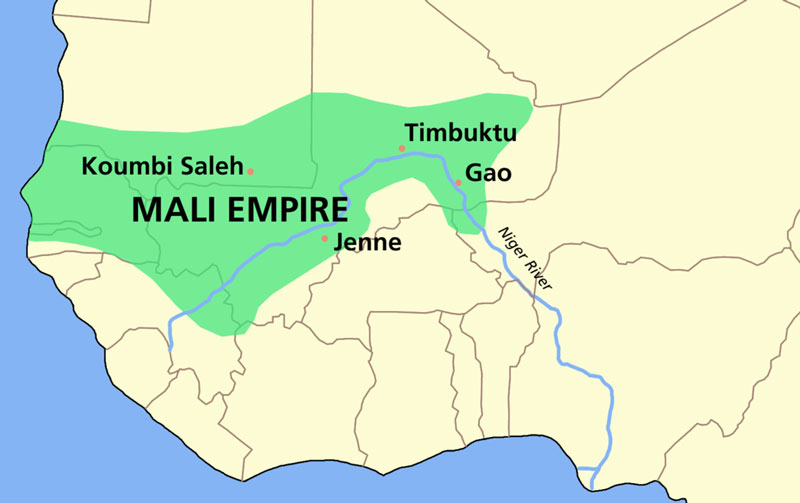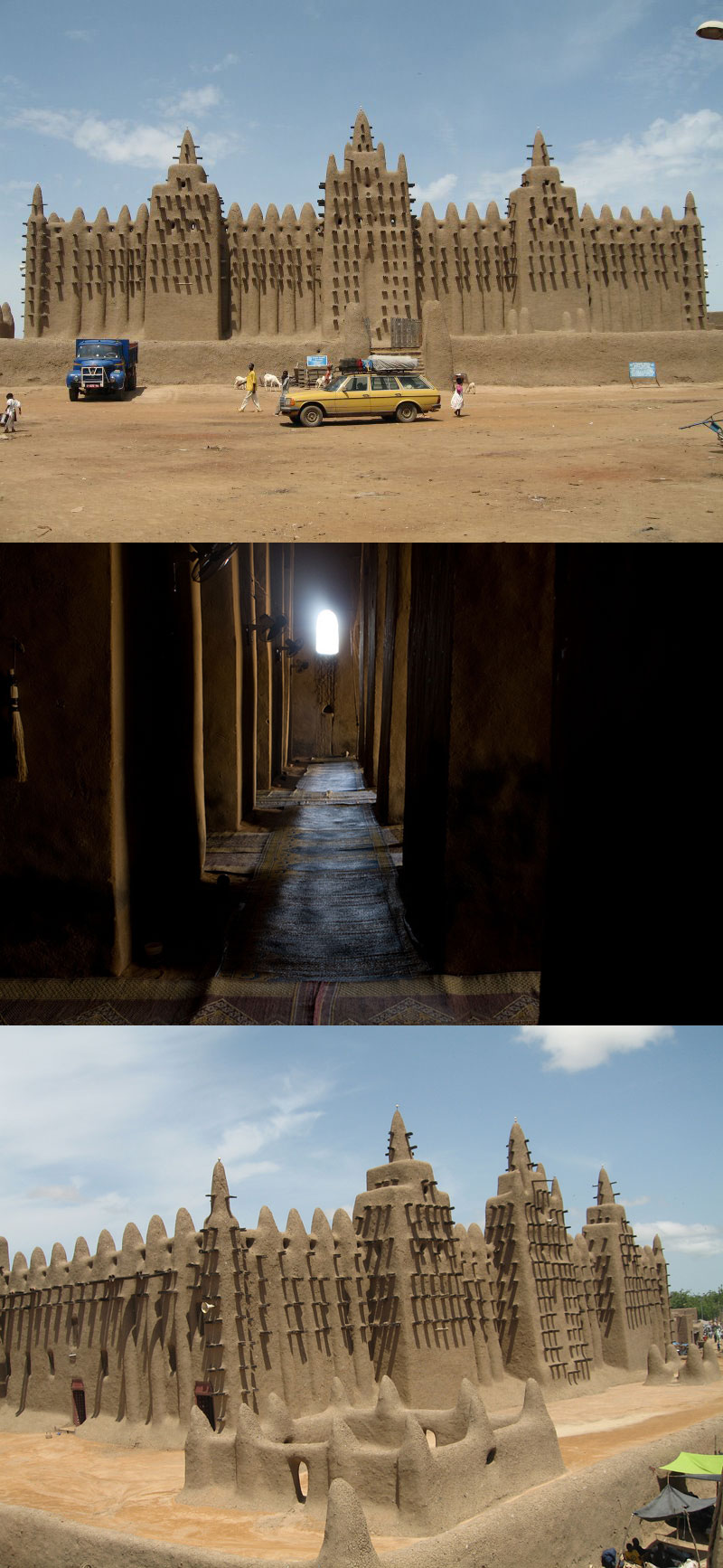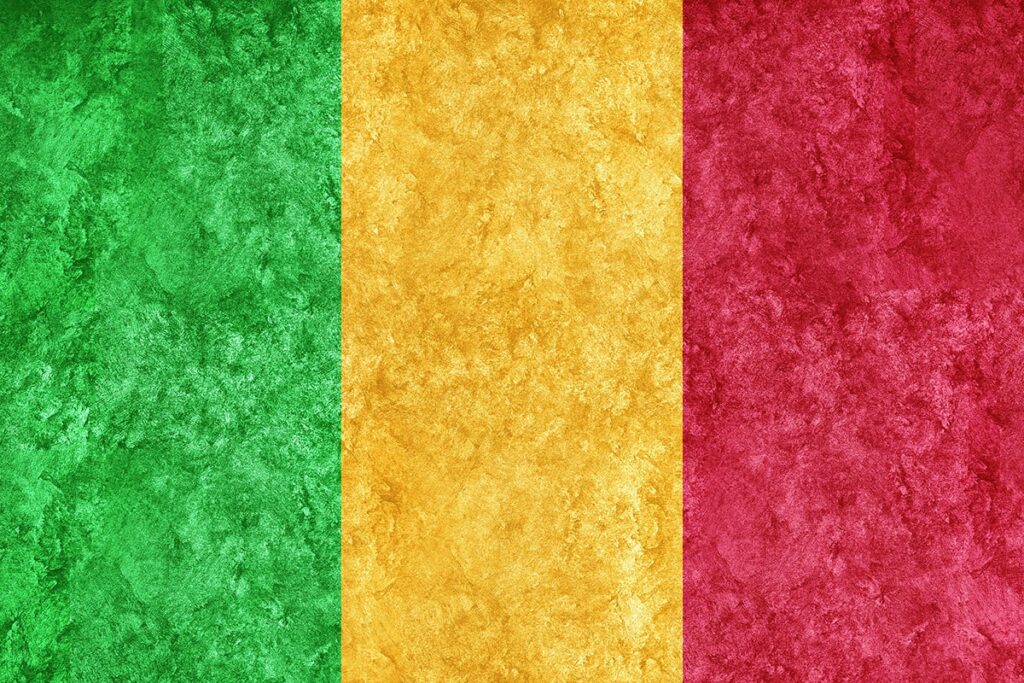1. Poverty: Mali is one of the poorest countries in the world and around 36% of the country’s population is estimated to live below the poverty line
2. Agriculture: Agriculture mainly produces cotton, corn, millet, rice, peanuts and various vegetables. Sheep and goats are the most common livestock
3. Export: Along with gold and livestock, cotton is the largest export commodity
4. Age groups: 47% of the population are children and young people aged 0-14 years and only 6.7% are 55 years or older
5. National Day: Mali’s national day is September 22nd, celebrating the country’s secession from France in 1960

Fact: The Mali Empire (1230 – 1600 AD) stretched to the west coast of Africa and is considered the heyday of Mali
6. Literacy: 43.1% of all men and 24.6% of all women (over 15 years old) can read and write
7. Regions: Mali is divided into 8 regions: Kayes, Koulikoro (and Bamako), Sikasso, Ségou, Mopti, Tombouctou, Gao and Kidal
8. History: Modern-day Mali was originally part of 3 West African empires: The Ghana Empire, the Mali Empire and the Songhai Empire. In the late 1800s, France took control of Mali and retained control until Mali’s secession in 1960
9. Maliriget: The Mali Empire existed between 1230 – 1600 AD and is considered the heyday of Mali. The Mali Empire stretched to the west coast of Africa and its basis for growth was the Trans-Saharan trade (which connected the trade between the North African countries on the Mediterranean with the countries south of the Sahara Desert)
10. The Golden Age: During Mali’s Golden Age (around the 14th century), mathematics, astronomy, literature and art flourished in the Mali Kingdom

The mosque in Djenne, Mali is one of the largest earthen buildings in the world





